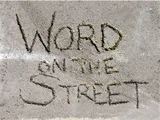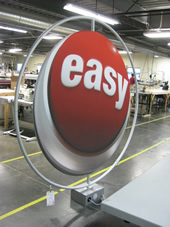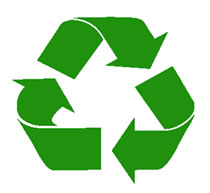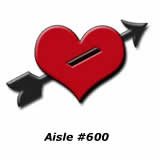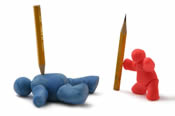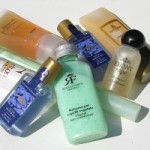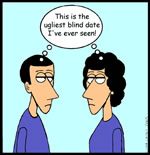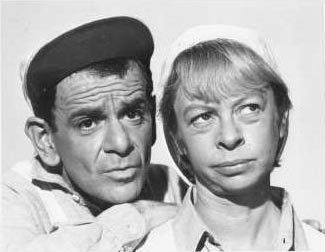Five Months into a Great Year!
So how have the first months been for you and your company?
At the Classic Exhibits family of companies, I am delighted to report that 2011 has been different . . . and good . . . and surprising. And not just in terms of sales, but also in terms of product development and overall economic recovery.
In Q1, we posted our second largest quarter in the company’s history. A BIG thanks to our dedicated distributors for your sales efforts. You made it possible.
We had several real standout projects in the first five months that deserve a mention.
- Comcast/Xfinity demonstrated our ability to design, build, and install a large retail interior project. For photos and a project history, see last week’s WOTS blog.
- Boston Scientific was a great example of showing an old dog new tricks. 🙂 You would have been amazed to see the final project. We took an Intro Fabric Panel System and dressed it up with accessories normally seen on Visionary Designs Hybrid Systems.
- Display Supply and Lighting’s EXHIBITOR 2011 exhibit. It’s probably my favorite display of the year to be honest. It really highlighted the use of TSP Profiles from ClassicMODUL, SEG fabric from Optima Graphics, and custom programmed LED lighting from Display Supply and Lighting. Take a look at the video we posted on our website. It is worth seeing (even if you’ve seen it before).
And many, many more. In addition to the customized kits, there was a steady stream of standard and non-standard hybrids, an intriguing mix of modified counters and workstations, and then a rather bizarre mix of Aero Overhead and Freestanding projects. And, Aero Table Tops came back with a vengeance (you gotta love those high tech and medical companies).
I would be remiss if I did not acknowledge the amazing growth of Eco-systems Sustainable as well. Kudos to their whole team of course, but I would especially like to acknowledge the great design and marketing by Michael McCord and Eric Albery. They really have helped to set Eco-systems apart from any of their competitors. Take a look at just one terrific example: a very custom 10 x 10 for Google.
Exhibits Northwest Portland and Seattle have both seen a tremendous growth in 2011 as well. They started strong with CES in January by working with local companies and Classic distributors on new builds and rentals. But even beyond January, they have embraced new channels within their existing markets. The Comcast order by Tyler Poage and the Malarky order by Laura Magdalen are great examples.
Last but not least, ClassicMODUL. They started the year with the addition of a new Southeast Extrusion Depot (in Birmingham, AL). Tom Jones, our CM guru, has really pushed hard to increase business in the retail and architectural markets. Not that ClassicMODUL is new to those markets by any means, but corporately we have been pushing to increase aluminum extrusion volume outside trade shows in 2011. Well done Tom!
As we head into June and July, traditionally slower sales months, all of the Classic companies plan to focus on the development of new products, services, and market opportunities. Often, it is the “unique” opportunities you bring us that guide us to develop those new products, service, and markets. So please don’t hesitate to bring new or unique ideas our way.
Thanks again for your support. On behalf of the entire Classic team, I hope you have a safe, enjoyable, and rewarding summer.
Be well!
–Kevin Carty
http://twitter.com/kevin_carty
http://www.linkedin.com/pub/kevin-carty/3/800/32a




